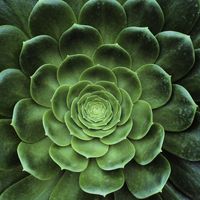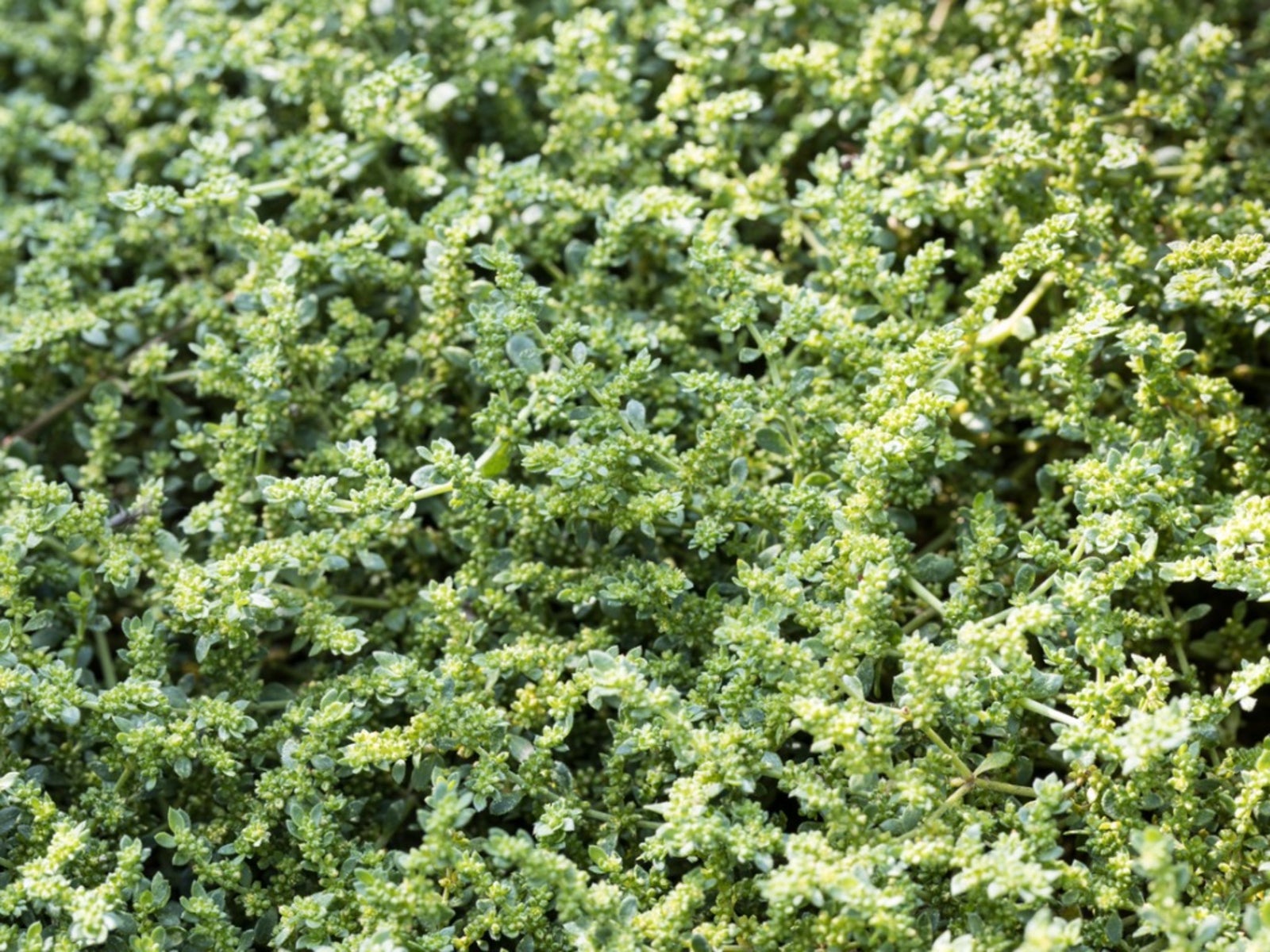Green Carpet Lawn Alternative: Learn About Herniaria Lawn Care


A lush, manicured lawn is a point of pride for many homeowners, but that bright green turf comes at a cost. A typical lawn uses thousands of gallons of water every season, in addition to many hours of hard labor spent mowing and controlling weeds. Fertilizer, needed to maintain that healthy, emerald green lawn, poses considerable harm to the environment as it leaches into the groundwater. As a result, many gardeners are giving up traditional, resource-robbing lawns for low-maintenance, eco-friendly alternatives such as herniaria, also known as green carpet.
What is Herniaria Green Carpet?
It's hard to find fault with herniaria ground cover as lawn substitute. This carpet-forming plant consists of tiny, bright green leaves that turn bronze during the winter months. It is soft enough to walk on in bare feet and it tolerates a fair share of foot traffic. This green carpet lawn alternative tops out at about an inch (2.5 cm.), which means no mowing is required - ever. Growth is relatively slow and one plant eventually spreads to 12 to 24 inches (30.5 to 61 cm.). Dividing the plant to cover a larger area is easy. Herniaria glabra produces tiny, inconsequential white or lime-green blooms in early summer, but the flowers are so small, you may not notice them. The blooms reportedly don't attract bees, so there is little chance of stepping on a stinger.
Herniaria Lawn Care
For those interested in growing green carpet lawns, start herniaria by planting seeds indoors in early spring, and then move the plants outdoors in late spring or early summer. You can also plant seeds directly in the garden. Alternatively, purchase small starter plants at your local greenhouse or nursery. Herniaria thrives in nearly any well-drained soil, including very poor soil or gravel. It likes moist soil but won't tolerate soggy conditions. Either full or partial sunlight is good, but avoid total shade. A light application of a general-purpose fertilizer gets the plant off to a good start in spring. Otherwise, herniaria requires no supplemental fertilization.
Sign up for the Gardening Know How newsletter today and receive a free copy of our e-book "How to Grow Delicious Tomatoes".

A Credentialed Garden Writer, Mary H. Dyer was with Gardening Know How in the very beginning, publishing articles as early as 2007.